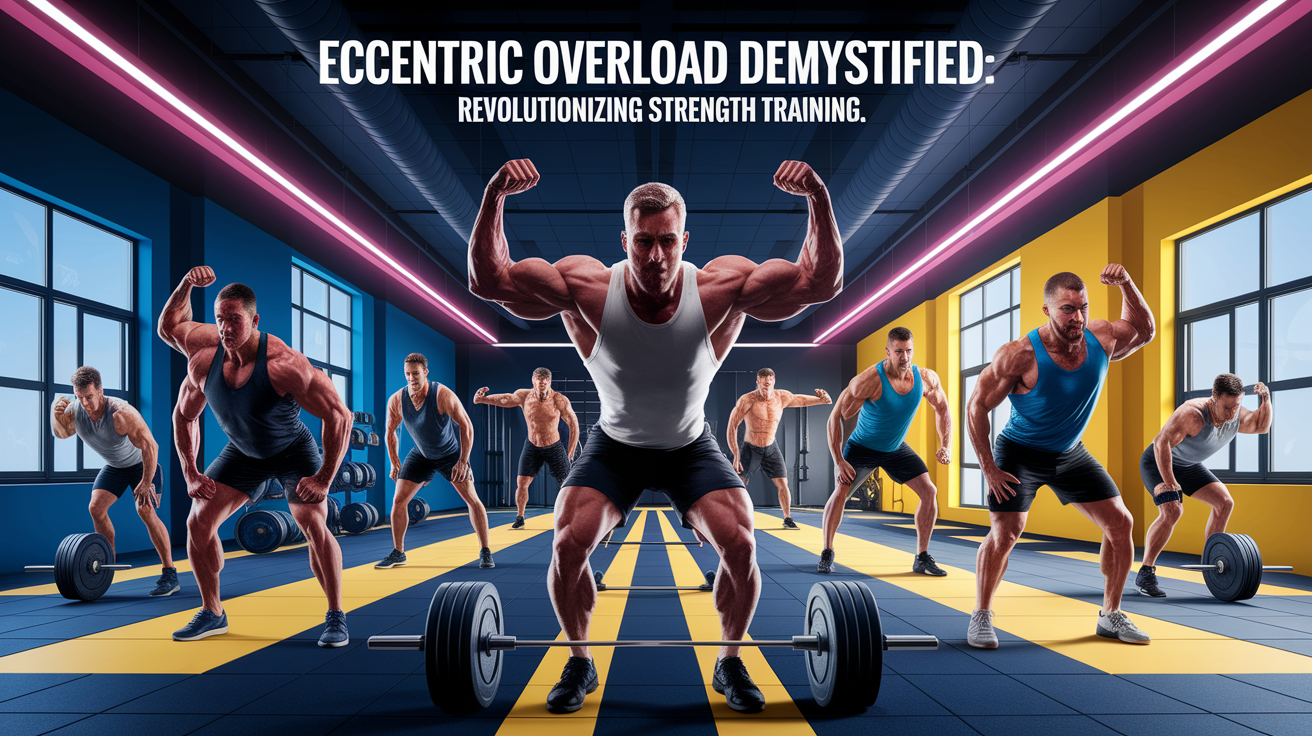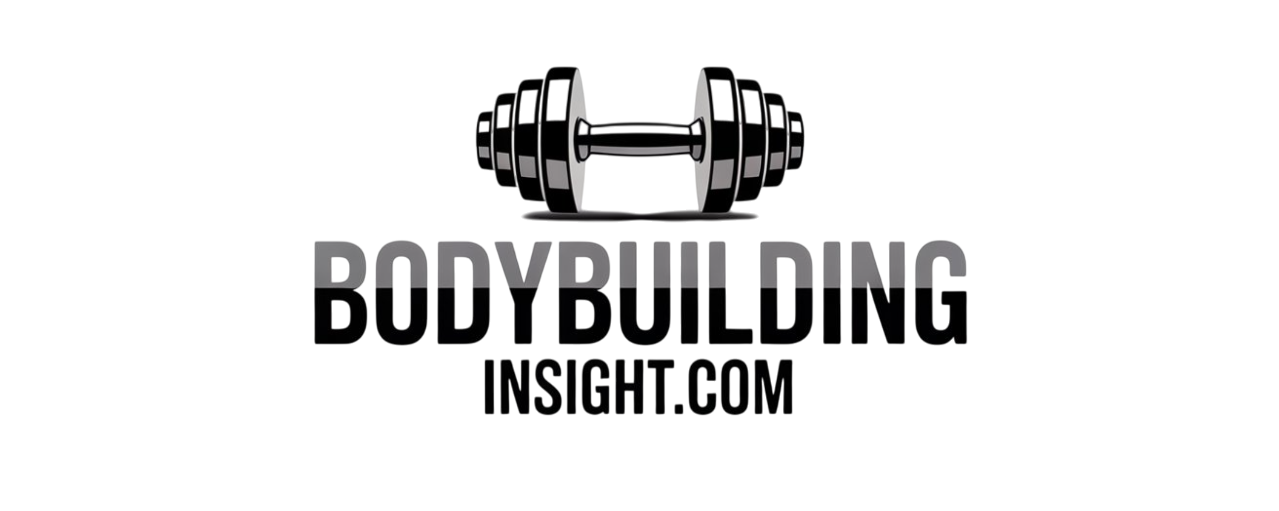Eccentric Overload Demystified: The Definitive Guide to Maximizing Strength and Hypertrophy
Eccentric Overload Demystified: Revolutionizing Strength Training
Eccentric overload training is more than a gym buzzword—it’s a science-backed method that targets the phase of a lift where the muscle lengthens under tension. Often overlooked in traditional resistance training, this eccentric phase can produce greater mechanical stress and stimulate more profound muscle adaptation than the concentric (lifting) portion. According to recent insights on power and performance, deliberately enhancing this phase accelerates strength gains, boosts hypertrophy, and improves functional capacity.

Pinpointing the User’s Quest
Whether you’re chasing raw strength, dense muscle hypertrophy, or simply seeking a smarter path in your bodybuilding journey, your goal is clear: maximize training efficiency and minimize wasted effort. Eccentric overload techniques deliver higher returns per rep—if executed correctly. By mastering controlled lowering (slow negatives) and strategic load manipulation, you’ll fast-track your progress without resorting to fads or gimmicks.

The Biomechanics and Physiology of Eccentric Work
During eccentric muscle actions, fibers generate higher forces than in the concentric phase while undergoing lengthening contractions. This increased tension results in more microdamage and subsequent supercompensation, driving muscle growth and strength gains. Mechanical tension and metabolic stress work in synergy, elevating protein synthesis rates and triggering adaptation. Notably, the energy cost of eccentric work is lower, enabling you to push higher loads without excessive cardiovascular strain.

Benefits include:
- Enhanced muscle fiber recruitment and size
- Improved flexibility and joint stability
- Increased bone density and metabolic rate
- Greater functional performance during daily activities
Mastering Key Eccentric Overload Methods
The most effective approaches to eccentric overload revolve around increasing the load or slowing down the tempo during muscle elongation. According to practical guidelines for eccentric training, proven methods include:
- Negative reps: Perform the eccentric phase with more weight than you can lift concentrically, often using a partner for assistance.
- Tempo training: Extend eccentric lowering to 4-8 seconds to maximize time under tension.
- Partial eccentric overloads: Focus on the lowering segment using machines or cables designed for heavier eccentric resistance.
- Nordic curls & other targeted moves: Exercises that emphasize controlled lowering against resistance.
Structuring Your Workouts for Maximum Eccentric Gain
Integrating eccentric overload requires precise programming to balance intensity and recovery. Aim for 1-2 dedicated eccentric-focused exercises per session, keeping total volume in check to avoid overtraining due to the higher muscle damage incurred. For hypertrophy, work in the 6-10 rep range, extending the eccentric segment to 4-6 seconds at an RPE of 8-9. Program these movements early in your workout when you’re fresh to ensure perfect control and prevent sloppy execution.
Selecting the Right Equipment for Eccentric Overload
While dumbbells and barbells are staples, specialized tools can help you isolate and progress eccentric work more effectively. Flywheel devices, eccentric hooks, and partner-assisted lifts allow for heavier lowering phases than raising phases. Smart resistance machines can automatically adjust load during each phase, ensuring optimal stimulus without compromising form.
Eccentric Overload Beyond the Gym
Eccentric overload is not just for competitive lifters—it has applications in rehabilitation, aging, and functional athletics. Research shows eccentric methods improve tendon health, muscular balance, and mobility, making them invaluable for injury recovery and fall prevention in senior populations. With lower metabolic costs for a given output, eccentric training is ideal for people with cardiovascular limitations.
Real-World Eccentric Overload Protocols
- Bench Press Negatives: Use 105-120% of your max, lower in 6 seconds, and have spotters assist back to lockout.
- Pull-Up Slow Descents: Start from the top position and lower over 8-10 seconds for 5-6 reps.
- Nordic Hamstring Curl: From a kneeling start, control the fall forward until you can’t resist, then push up to start.
- Flywheel Squats: Drive up normally, then resist against the pull during descent with maximum control.
Preventing Injury and Managing Fatigue
Because eccentric overload produces significant muscle damage, recovery time is critical. Plan 48-72 hours before re-targeting the same muscle group. Monitor soreness and function daily—persistent soreness beyond 3-4 days signals volume or intensity may be too high. Prioritize thorough warm-ups, progressive loading, and strict technique to reduce injury risk. Safety tips for eccentric work emphasize avoiding excessive load jumps and ensuring control throughout the range of motion.
Frequently Asked Questions (FAQ)
- What is eccentric overload training? It focuses on overloading the lowering phase of muscle contraction.
- How does eccentric training build muscle? Greater mechanical tension and microdamage stimulate adaptation through protein synthesis.
- What are the benefits? Increased strength, muscle size, flexibility, joint stability, and functional performance.
- How often should you do eccentric work? 1-2 times per muscle group per week, with adequate recovery.
- Is it safe for beginners? Yes, if loads and tempos are moderate and technique is supervised.
- Best exercises? Negatives on compound lifts, Nordic curls, flywheel squats, and tempo pull-ups.
- How long should eccentric phases last? Typically 4-8 seconds depending on training goal.
- Can eccentric training prevent injuries? Yes, through improved tendon integrity and muscle balance.
Embracing the Descent: Your Path to Stronger Muscles
Eccentric overload is a refined approach that blends science with disciplined execution. By focusing on the descent, you harness the muscle’s most powerful force output, unlocking new levels of hypertrophy, strength, and resilience. Approach it with respect for recovery and technique, and it will become a cornerstone of your strength training evolution. Remember: strength through science, results through discipline.







